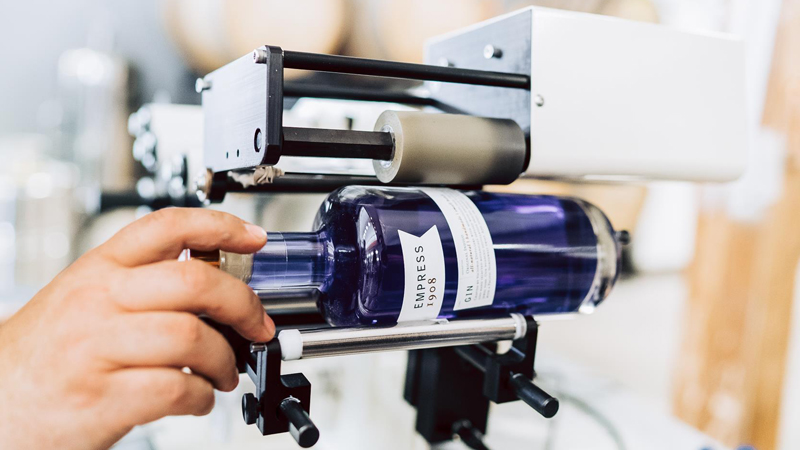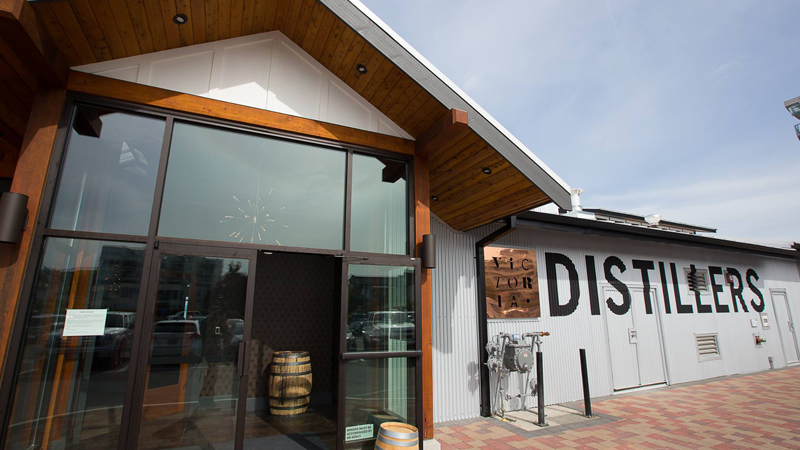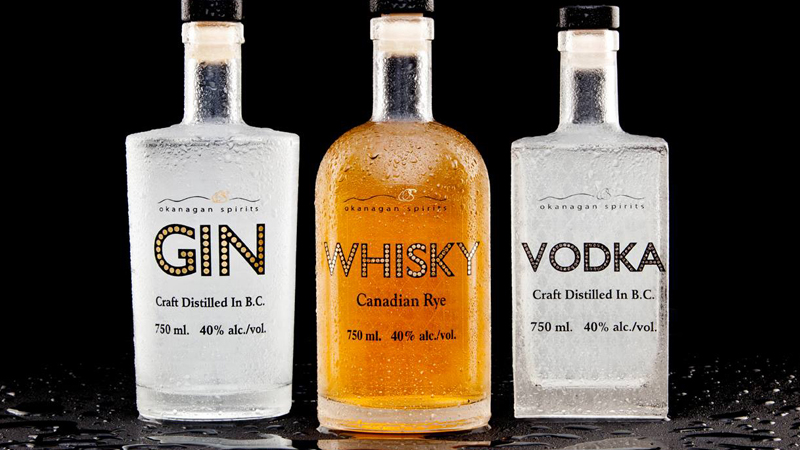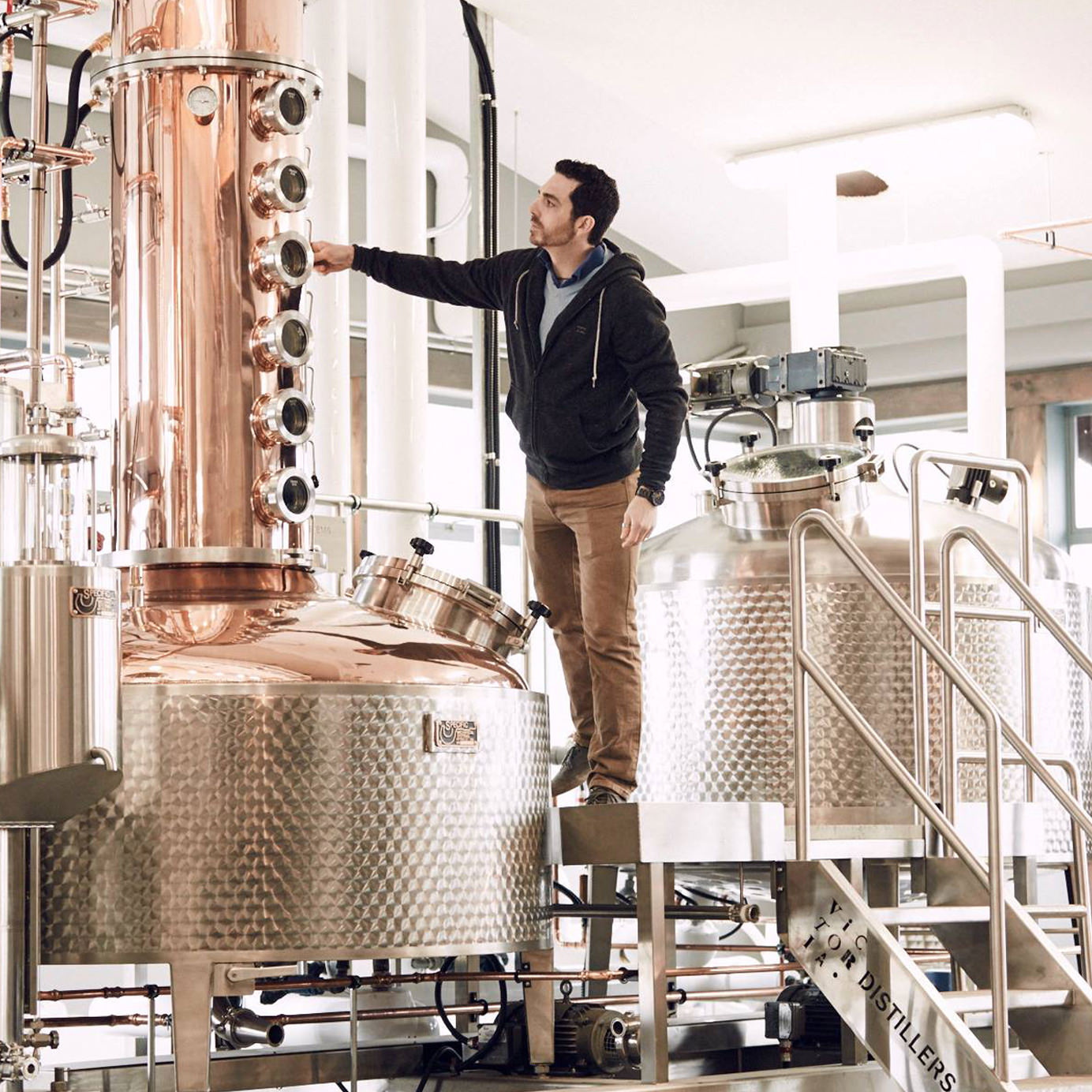When British Columbia-based Victoria Distillers launched in 2008, its founders could count their local competition on one hand. At the time, nearly all of Canada’s spirit production was dominated by powerhouses like Canadian Club, Crown Royal, and Seagram’s.
“In the beginning, the price structure was prohibitive for small distilleries,” Peter Hunt, a molecular biologist turned president and master distiller of Victoria Distillers, says. “Because of the taxes, you needed economies of scale to make it successful.”
Alex Hamer, founder of the BC Distilled annual spirits festival, agrees. “B.C.’s government controls liquor sales, and these pioneers were operating in an environment that wasn’t favorable from a tax perspective. I think you really had to want to be a distiller in B.C. to operate under that tax system.”

Despite the immense financial barriers, enterprising men and women were experimenting with local liquors on their own, fueling a fire that’s now burning red hot across the country.
After decades of drinking mass-produced whisky and vodka, western Canadian craft distilling is booming. This is no happy accident. A 2013 governmental decree introduced a “craft” designation and tax benefits to distillers that support local agriculture. It demonstrates the power of small businesses to drive legislation, and how creative and economic goals can be mutually inclusive.
In 2004, the province had just one craft distillery to call its own: Okanagan, a Vernon, B.C., operation that produces an array of gins, vodkas, liqueurs, and more. The next year, Maple Leaf Spirits launched, and 2008 saw the addition of Victoria Distillers and Pemberton Distillery. The sluggish growth continued into 2013, when British Columbia was home to about a dozen distilleries. That’s when everything changed.
“In 2013, the government introduced a ‘craft’ designation, which gives significant tax breaks to distilleries which meet certain criteria,” Hamer says. The most important criterion is that products are made with B.C.-grown agricultural products, such as wheat, barley, or grapes.
“That fundamentally changed the landscape and potential for profitability for distilleries, removing a roughly 160 percent markup,” Hamer says. “I believe this was the most important factor in driving the new and rapid growth in our industry.”
The friendlier regulations had an enormous effect. The number of B.C.-based distilleries spiked in recent years to nearly 60, the majority of which carry the craft designation.
Hamer says that gin and vodka are the two most popular “starter” spirits coming off of B.C. stills, but he sees plenty of creativity in categories like amari, liqueurs, and vermouth. Soon, he says, more and more local whiskies will be sitting on shelves next to the big guys.
“There are a lot of distilleries with whiskies in casks,” Hamer says. “We’re starting to see them release some younger whiskies, but in the next few years, I expect to see some significant growth. It wouldn’t surprise me to see close to half the distilleries in the province release a whisky of some kind.”

For now, most British Columbia distilleries are keeping the fruits of their labor all to themselves. That makes going straight to the source your best bet for sampling their wares. Fortunately, for B.C. residents — and the millions of tourists who visit each year — many distilleries offer tours and tastings. These locally made spirits have also begun to pop up on bar menus, such as Vancouver’s Keefer Bar, and Little Jumbo in Victoria.
Victoria Distillers is one notable exception to the above. Sure, you can visit the distillery and on-site cocktail lounge, which are open to the public. But rather than sequestering its spirits inside B.C.’s border, the outfit ships products to more than 20 American states.
That includes the company’s newest offering, Empress 1908 Gin. Created in partnership with Victoria’s famous Fairmont Empress Hotel, the indigo-hued gin gets its color from the inclusion of butterfly pea flowers in its botanical blend. Mix it with tonic, or anything acidic, and those butterfly pea flowers react with the acid, turning the gin from indigo to pink. The eye-catching bottle and color-changing party trick have been a hit, quickly increasing sales from 3,000 cases last year to its current clip of 3,000 cases per month.
That kind of growth is a blessing for the veteran Victoria Distillers. But it also means that the distillery is exempt from “craft” status, as B.C.’s current regulations limit craft production to just 50,000 liters each year — a number that Victoria has long since passed.
That constraint can kill the incentive for mom-and-pop operations to grow, as once they surpass the 50,000-liter threshold, their tax bill climbs significantly. It’s a tricky line to walk for B.C.’s distillers, and many are lobbying the government to increase the limit. (By comparison, Crown Royal sold about 63,000,000 liters in 2017.)
Peter Hunt takes this in stride.
“The tax markup is a lot, but from the beginning we set out to use the best ingredients we can find, no matter where they come from,” Hunt says. “And if demand for our products keeps growing, we’ll keep making more.”

Four B.C. Craft Spirits to Try
Empress 1908 Gin (Victoria, B.C.)
More traditional than it looks, with juniper, grapefruit, and floral notes.
Victoria Gin (Victoria, B.C.)
Bright and clean. Juniper leads the way, followed by citrus and spice.
Sons of Vancouver Vodka (North Vancouver, B.C.)
Clean and easygoing with mild vanilla and citrus.
Sheringham Distillery Akvavit (Sooke, B.C.)
Dill, caraway, and anise, with an undercurrent of sea kelp.
